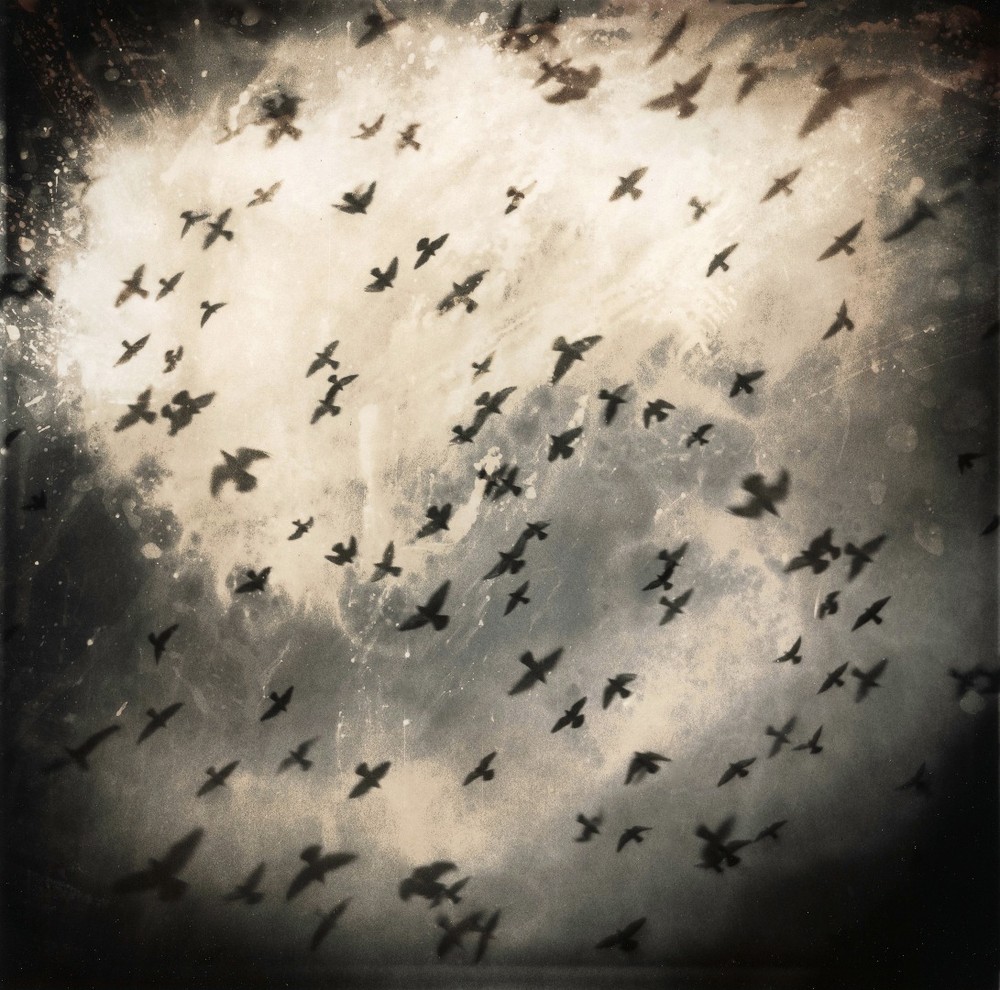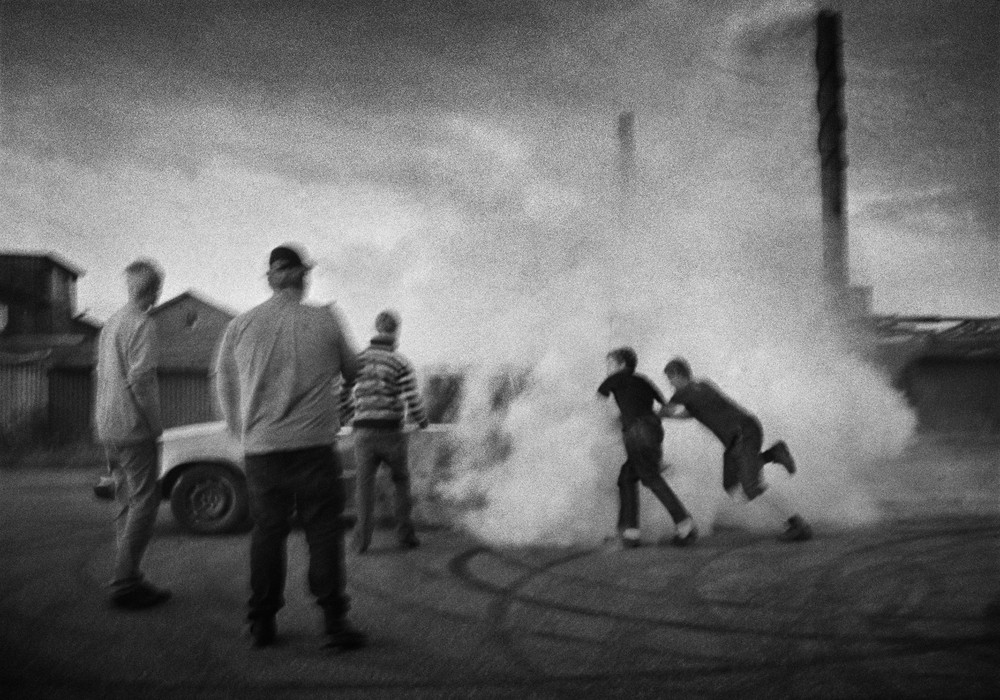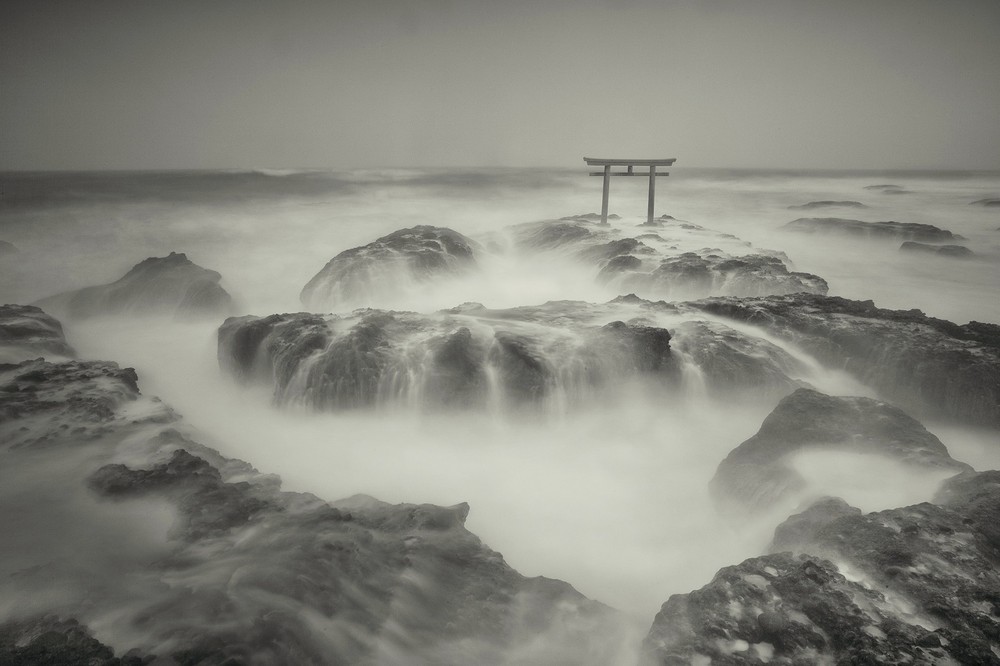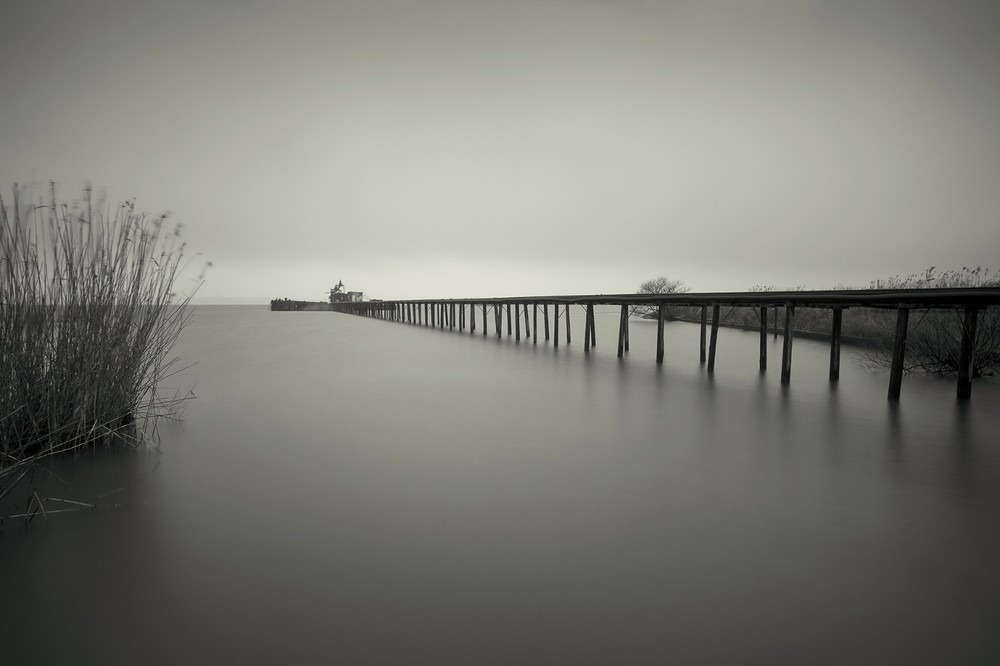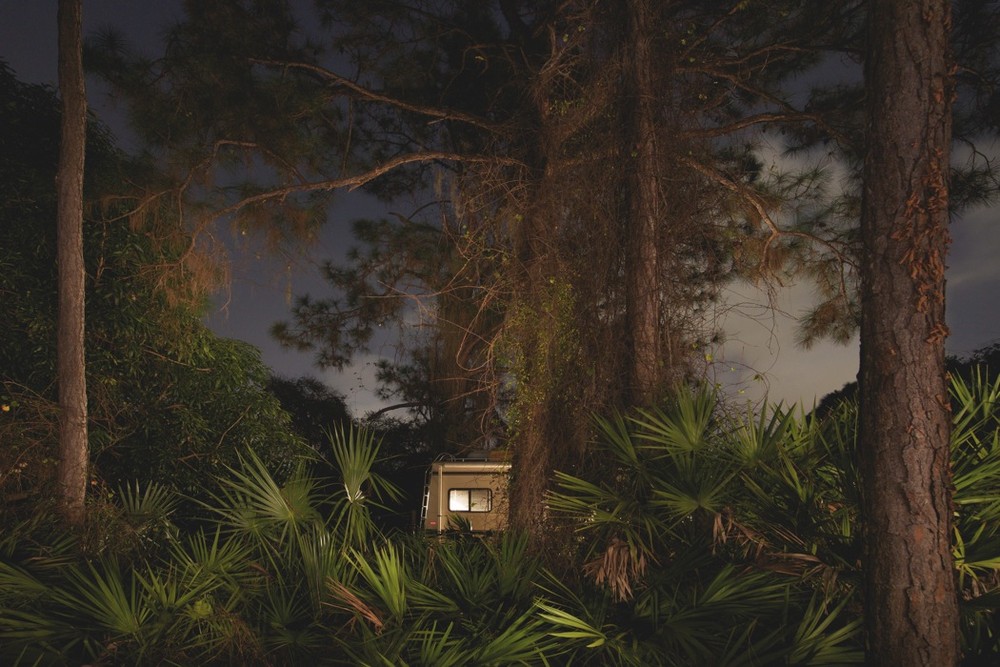Not surprisingly, many of the photographs in the Magnum Millenium book I recd are relevant to considerations of Narrative. Here are some more comments on some of my preferred shots.
Many of the photographs in the book make a beautiful image out of a horrific subject. 2 good examples of this are Erich Hartmann's photo of a dissection table in a concentration camp (pg 179) and Paul Lowe's image of footsteps in blood soaked snow in Chechnya. Both photographs have an aesthetic beauty born of their use of shape and tone, which both transforms and are transformed by the realisation of what they portray.
In other photographs we are presented with images which are open to multiple interpretations. These images play with and challenge our preconceptions, prejudices and social views. As an example Patrick Zachmann's image from Jerusalem (pg 240), raises far more questions that it answers.
Juxtaposition is often an aspect of photographs which tell stories. Harry Gruyeart's image of a desert taken from inside a taxi juxtaposes the traditions and bright barren opennness of the desert with the dark, cramped nature of the taxi (pg 227). Via the extreme perspective in Guy le Querrec's image of a Native American on horseback the man is made to look extremely small and quite absurd (pg 460). Another image which has juxtaposition by including a number subjects which don't seem to fit with each other is Abbas' image of a hekmatyar fighter guarding access to kabul. The fighter is sat on a bed in a middle of a barren scene, he looks bizarrely out of place with his machine gun. His bemused, stilted expression and mannerism just adds to the surreal (pg 525).
I guess another example here would be Martin Parr's photo of a tourist on the back of a pony on holiday in Turkey - filming the view on his camcorder (pg 529). In this instance, the components of the photograph not only raise questions but also amuse us.



